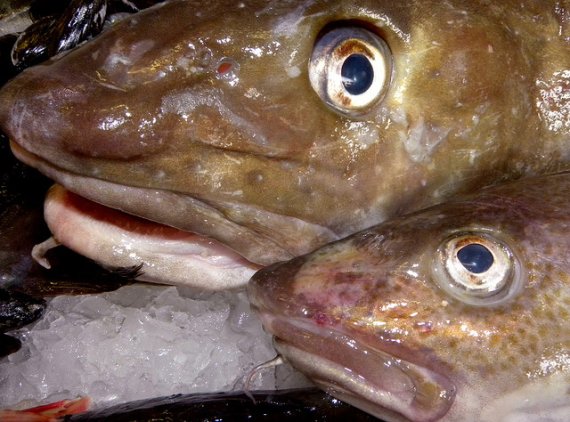I have two things to say about the fish population in the North Sea. Some fishes are doing well; others are not. Things are looking up indeed for the herring and flatfish. The mackerel is doing fine although its policy is difficult to manage and has to be improved. For example, there are still problems with dividing the quota among Iceland and the Faroe Islands. But when you look at the situation concerning the codfish, it’s gloomy. For the herring and the flatfish, the improvements are as much the result of policy-making, as of nature itself. A multiple year action plan is in force currently for specific types of fish: the quota varies from year to year, but according to fixed rules. When the fish population increases by ten percent, for example, the quota is raised by ten percent. Furthermore, the nature is as productive as what we expect it to be. For codfish, the situation remains as bad as it was before; it neither gets worse nor better. There are no population increases to indicate a recovery, which points to the policies of 2008 not having taken effect. Even if we were to stop fishing completely now, the fish population would double only after two years. ‘Generally, the perspective for herring and flatfish in the North Sea is positive. In other areas, policy-making has not shown any guarantee of success due, for example, to bad compliance. The Netherlands is therefore lucky to have a good action plan which many fishers want to be committed to.’
North Sea fishing not always plain sailing
'Good fishing quota reached for Dutch fishers,' the Ministry of EL&I proclaimed jubilantly at the end of last year. Fishers are allowed to catch twice as many herring and much more flatfish (plaice, turbot) in the coming year. The quotas for codfish and mackerel are, however, slightly lower. The fishing quotas roughly reflect the fish…

